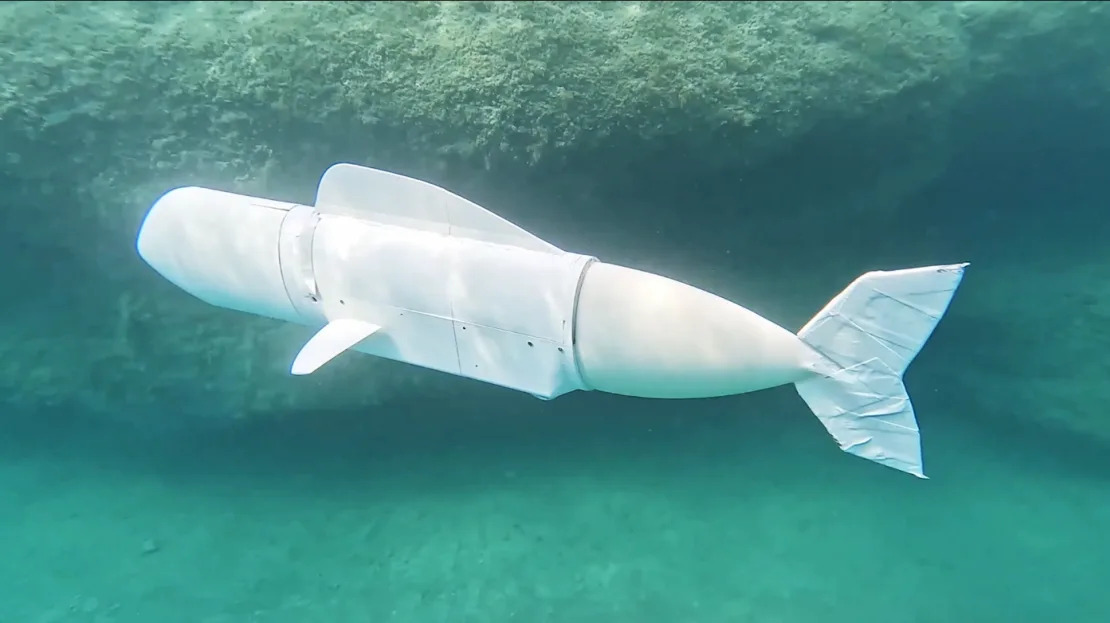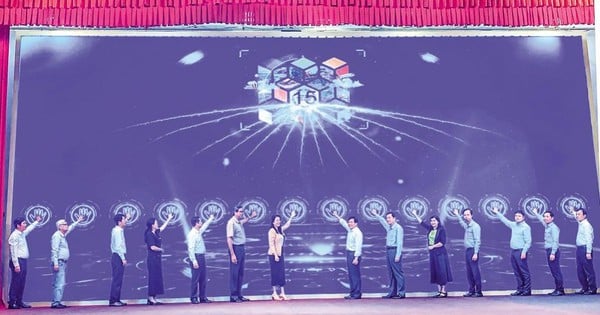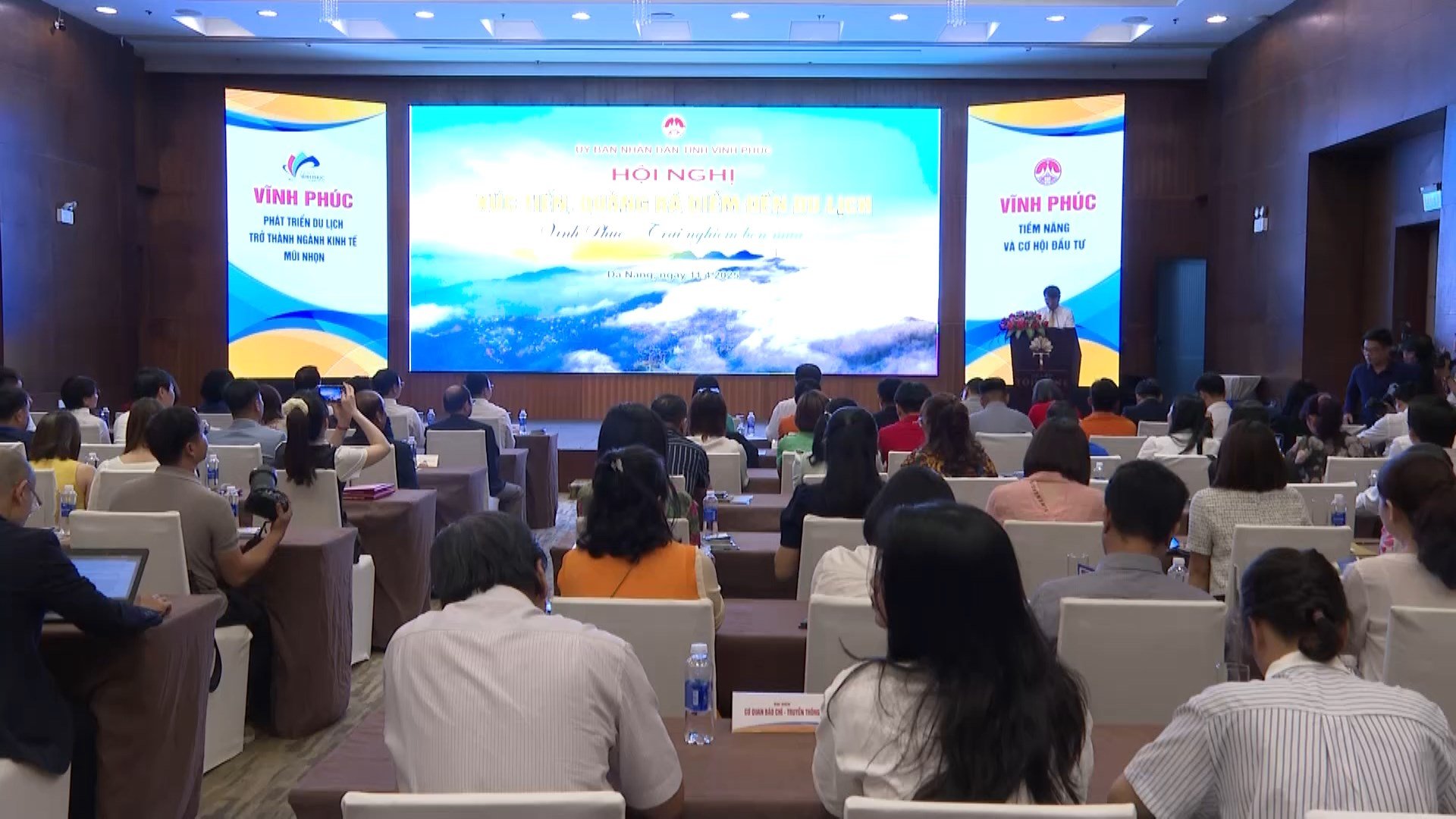“Eve,” a robotic fish powered by hidden pumps, can swing its silicone tail side to side to glide effortlessly through the icy waters of Lake Zurich. It is being tested by SURF-eDNA, a student-led team that has spent the past two years building a school of soft robotic fish – of which Eve is the latest.
“By making Eve look like a fish, we can be minimally invasive in the ecosystem we’re investigating,” said master’s student Dennis Baumann, adding that the biomimetic design would prevent fish or other marine life from being startled by its presence.

A robotic fish designed and developed by students at ETH Zurich. Photo: SURF eDNA
In addition to its ability to camouflage itself as a fish, the autonomous underwater vehicle (AUV) Eve is also equipped with cameras to film underwater, as well as sonar technology that allows it to avoid obstacles.
The AUV also has a filter to collect DNA from the environment, called “eDNA,” as it swims. The eDNA particles can be sent to a lab for sequencing to determine what species live in the water.
“All organisms in the environment shed their DNA, so there is DNA floating around that we can find,” says postdoctoral researcher Martina Lüthi at ETH Zurich.
The students hope Eve can give scientists a more detailed picture of the ocean and the creatures that live in it. Despite covering more than 70% of the Earth, much of what lies beneath the ocean remains a mystery.
Tools like AUVs and remotely operated vehicles are increasingly being used to explore the ocean and learn more about underwater habitats. For example, California-based startup Aquaai has developed clownfish-like drones that can collect information like oxygen, salinity, and pH levels in waterways. Last year, a rover captured footage of the deepest fish ever filmed (8,300 meters).
The use of eDNA to monitor biodiversity is growing. More advanced tools capable of studying the environment in greater detail could play a key role in protecting the oceans, especially at a time when ocean habitats are facing unprecedented threats from climate change, overfishing and other human activities.
“We want to build a reliable tool for biologists,” Baumann said, adding that he hopes they can one day expand their technology so that it is accessible to any scientist who wants to use it.
Hoai Phuong (according to CNN)
Source: https://www.congluan.vn/gap-go-eve-chu-ca-robot-thu-thap-dna-post307367.html





![[Photo] Looking back at the impressive moments of the Vietnamese rescue team in Myanmar](https://vstatic.vietnam.vn/vietnam/resource/IMAGE/2025/4/11/5623ca902a934e19b604c718265249d0)

![[Photo] "Beauties" participate in the parade rehearsal at Bien Hoa airport](https://vstatic.vietnam.vn/vietnam/resource/IMAGE/2025/4/11/155502af3384431e918de0e2e585d13a)























![[Photo] Summary of parade practice in preparation for the April 30th celebration](https://vstatic.vietnam.vn/vietnam/resource/IMAGE/2025/4/11/78cfee0f2cc045b387ff1a4362b5950f)





























































Comment (0)